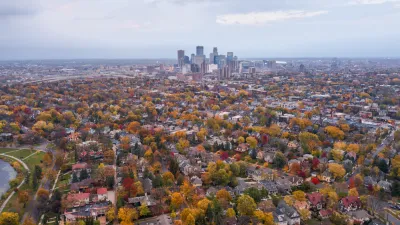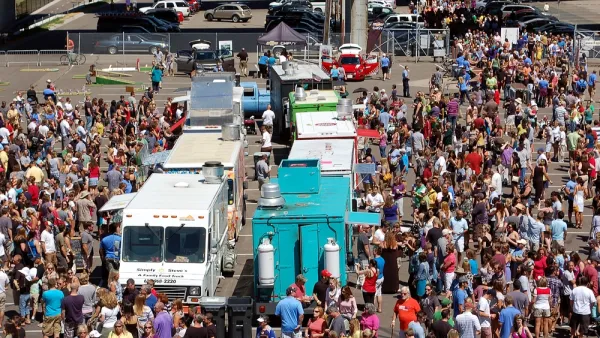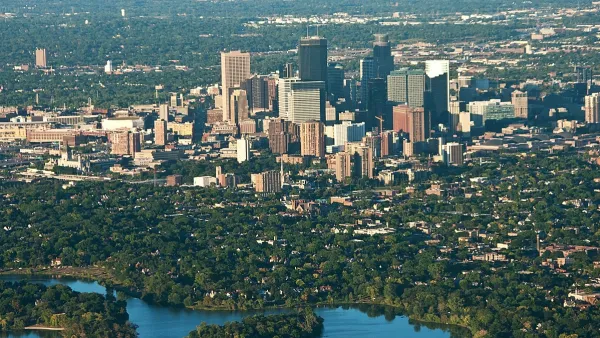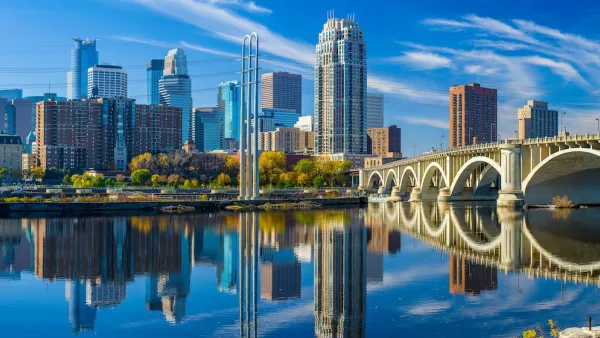Minneapolis wants to diversify its neighborhood organizations, racially and economically. The Neighborhoods 2020 plan would require those organizations to meet diversity standards.

Two articles provide background and details on the Neighborhoods 2020 plan under consideration in Minneapolis—an effort to diversify the city's neighborhood organizations and rescind some of the land use controls in the hands of homeowners.
"Now that the controversy over the much-debated Minneapolis 2040 plan has started to subside, another dispute is starting to build over a new city missive known as Neighborhoods 2020," according to an article by Iric Nathanson.
Nathanson writes to put the Neighborhoods 2020 plan in context of the land use politics of the past and the present in the city.
Neighborhoods 2020 represents the most recent effort by city officials to rein in the independent neighborhood groups and make them more responsive to the will of City Hall. This tug of war between City Hall and the neighborhoods has a longstanding history. Its origins extend back to the early 1990s when the city launched its ambitious Neighborhood Revitalization Program.
Nathanson traces the Neighborhood Revitalization Program (NRP) back to its origins as an idea in the 1980s, and the politicians that championed the NRP as a neighborhood revitalization tool in the early 1990s. Eventually, however, the NRP became known as a tool for white homeowners.
In a separate article, Jessica Lee provides an explainer post about the details of the Neighborhood 2020 plan. One especially important point to note: the amount of funding that moves through the organizations, even though they have no official political power. "The city of Minneapolis funnels millions of dollars through neighborhood groups each budget cycle for issues such as housing and development, giving them a role in deciding how to spend that money," according to Lee.
Part of the reason the city has the leverage to reform the city's neighborhood organizations, is because the funding source that empowered the organizations is set to end. "For years, neighborhood groups have collected money from a tax increment district that is set to expire at the end of this year, leaving the organizations with a $4 million budgetary shortfall in 2019 and more next year," writes Lee.

Analysis: Cybertruck Fatality Rate Far Exceeds That of Ford Pinto
The Tesla Cybertruck was recalled seven times last year.

National Parks Layoffs Will Cause Communities to Lose Billions
Thousands of essential park workers were laid off this week, just before the busy spring break season.

Retro-silient?: America’s First “Eco-burb,” The Woodlands Turns 50
A master-planned community north of Houston offers lessons on green infrastructure and resilient design, but falls short of its founder’s lofty affordability and walkability goals.

Test News Post 1
This is a summary

Analysis: Cybertruck Fatality Rate Far Exceeds That of Ford Pinto
The Tesla Cybertruck was recalled seven times last year.

Test News Headline 46
Test for the image on the front page.
Urban Design for Planners 1: Software Tools
This six-course series explores essential urban design concepts using open source software and equips planners with the tools they need to participate fully in the urban design process.
Planning for Universal Design
Learn the tools for implementing Universal Design in planning regulations.
EMC Planning Group, Inc.
Planetizen
Planetizen
Mpact (formerly Rail~Volution)
Great Falls Development Authority, Inc.
HUDs Office of Policy Development and Research
NYU Wagner Graduate School of Public Service




























